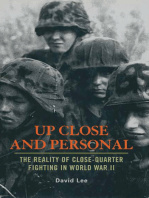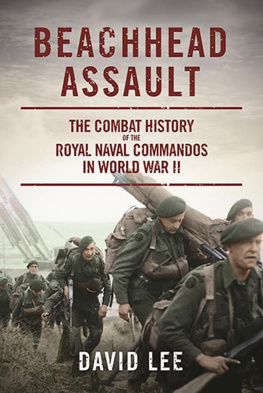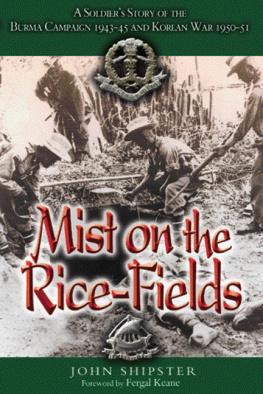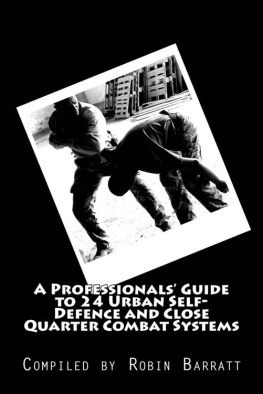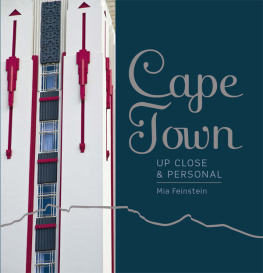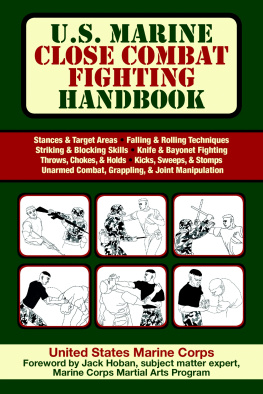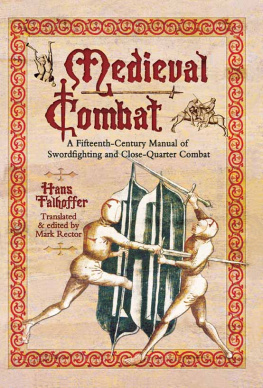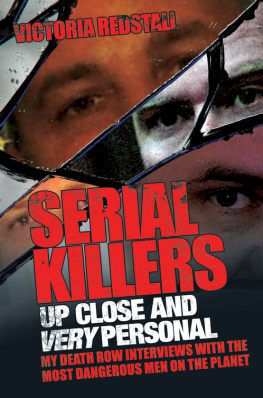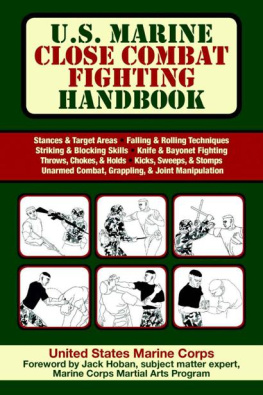David Lee - Up Close and Personal: The Reality of Close-Quarter Fighting in World War II
Here you can read online David Lee - Up Close and Personal: The Reality of Close-Quarter Fighting in World War II full text of the book (entire story) in english for free. Download pdf and epub, get meaning, cover and reviews about this ebook. genre: History. Description of the work, (preface) as well as reviews are available. Best literature library LitArk.com created for fans of good reading and offers a wide selection of genres:
Romance novel
Science fiction
Adventure
Detective
Science
History
Home and family
Prose
Art
Politics
Computer
Non-fiction
Religion
Business
Children
Humor
Choose a favorite category and find really read worthwhile books. Enjoy immersion in the world of imagination, feel the emotions of the characters or learn something new for yourself, make an fascinating discovery.
Up Close and Personal: The Reality of Close-Quarter Fighting in World War II: summary, description and annotation
We offer to read an annotation, description, summary or preface (depends on what the author of the book "Up Close and Personal: The Reality of Close-Quarter Fighting in World War II" wrote himself). If you haven't found the necessary information about the book — write in the comments, we will try to find it.
David Lee: author's other books
Who wrote Up Close and Personal: The Reality of Close-Quarter Fighting in World War II? Find out the surname, the name of the author of the book and a list of all author's works by series.
Up Close and Personal: The Reality of Close-Quarter Fighting in World War II — read online for free the complete book (whole text) full work
Below is the text of the book, divided by pages. System saving the place of the last page read, allows you to conveniently read the book "Up Close and Personal: The Reality of Close-Quarter Fighting in World War II" online for free, without having to search again every time where you left off. Put a bookmark, and you can go to the page where you finished reading at any time.
Font size:
Interval:
Bookmark:


UP CLOSE
AND
PERSONAL
UP CLOSE
AND
PERSONAL
The Reality of Close-Quarter Fighting in World War II
David Lee

Frontline Books

Up Close and Personal
First published in 2006 by Greenhill Books
published in this format in 2015 by
Frontline Books
an imprint of
Pen & Sword Books Ltd
47 Church Street, Barnsley, S70 2AS
www.frontline-books.com
Copyright David Lee 2006
The right of David Lee to be identified as the author of this work has been asserted by him in accordance with the Copyright, Designs and Patents Act of 1988.
All rights reserved. No part of this publication may be reproduced, stored in or introduced into a retrieval system, or transmitted, in any form, or by any means (electronic, mechanical, photocopying, recording or otherwise) without the prior written permission of the publisher. Any person who does any unauthorized act in relation to this publication may be liable to criminal prosecution and civil claims for damages.
British Library Cataloguing-in Publication Data
Lee, David
Up close and personal: the reality of close-quarter fighting in World War II
World War, 19391945 Campaigns
Infantry drill and tactics
Combat Psychological aspects
I. Title
940.541
Greenhill edition
ISBN-13: 978-1-85367-668-0
ISBN-10: 1-85367-668-3
NIP edition
ISBN 1-59114-907-X
Library of Congress Catalog Card No. 2006922376
Printed and bound in Great Britain by Creative Print and Design (Wales), Ebbw Vale
For those who fought
Contents
| List of Illustrations | |
| List of Maps | |
| Foreword | |
| On Danger in War Carl von Clausewitz | |
| Chapter 1 | The World War II Battlefield |
| Chapter 2 | 1940 The Action at Le Paradis |
| Chapter 3 | Enter the Commandos |
| Chapter 4 | No. 4 Commando Dieppe |
| Chapter 5 | The Desert Victory at Snipe |
| Chapter 6 | Italy Failure at Tossignano |
| Chapter 7 | The Far East The Siege at Kohima |
| Chapter 8 | Northern Europe D-Day at Omaha |
| Chapter 9 | Conclusions |
| Bibliography | |
| Index |
Fairbairn Sykes Commando knives
Sykes and Fairbairn in Shanghai Municipal Police Armoury
Major W. E. Fairbairn demonstrating knife fighting
Canadian Commandos practise close combat
A Canadian Commando disarms a knife-wielding opponent
Unarmed combat training at Ardentinny
Commandos returning from the Dieppe raid
The Lee Enfield Mark 3 rifle
Oberstleutnant Willi Teege
A sniper in the town of Cupa
British Tommies in an Italian town
Corporal E. H. Pruner with PIAT and tommy gun
German Nebelwerfer
Demonstration of the Sten gun
A 6-pounder anti-tank gun in action
A Canadian Army chaplain gives absolution to a dying soldier
A 2-inch mortar crew in action
One of the last stand defenders of German-held Cherbourg
American infantrymen seek shelter behind a tank
A platoon surrounds a farmhouse in a town in France
Monument to a dead American soldier
A US Marine killed on Iwo Jima
The M25, Londons orbital motorway, is a bad place in the rush hour. I had figured on two hours to drive forty miles but the section past Heathrow Airport caught me out and I was twenty minutes late arriving at Joe Swanns house. He was standing outside waiting for me and, knowing he had been a very good regimental sergeant-major, I hoped my late arrival would not create a bad impression.
He looked me up and down, shook my hand with a strength which made me wonder if he wasnt approaching ninety, and then said, Im Joe. His house was a haven of peace after the madness of the M25 and he poured me a huge mug of very sweet tea and told me his story.
Joe Swanns act of incredible bravery is described later in this book but he saved a crucial position (Snipe) at a crucial point in a crucial battle (El Alamein). After he had told me his story we both fell silent for a bit. Then I ventured my opinion that he should have been awarded the Victoria Cross rather than the Distinguished Conduct Medal. A gleam came into his eye, Have you ever seen a Distinguished Conduct Medal? he asked.
I had to confess I had not.
After a couple of hours I took my leave, packed up my tape recorder and notebook and said goodbye to him. He came out of his house and waved me off and the picture I have in my mind is of him standing there, still every inch the sergeant-major, waving me off.
I had just written the chapter on Snipe when I found out he had died.
My grateful thanks go to Joe Swann and to all the veterans who helped me with this book. Many of their personal accounts appear in this book as written or told to me. Other accounts have come from the Imperial War Museum whose staff work wonders in dealing with persistent requests from people like me not only to provide copies of documents and tapes but also in tracking down copyright holders.
Two veterans, Henry Hall and James Dunning, deserve a special mention and their help and insights have been invaluable. I am also grateful to the following for their help and assistance: Kate Thaxton, who looks after the Royal Norfolks Museum in Norwich; Emyr Jones for his help with Dieppe and No. 4 Commando; Geoff Pain, the secretary of the Rifle Brigade Association; and Alex Bowlby (who has also sadly since died), Nick O Connor and Peter White. Unfortunately many veterans whose accounts appear in this book are no longer with us. In those cases I am very grateful to their families for letting me use their accounts. During the writing of this book every effort was made to track down copyright holders or their representatives; in the event of any inadvertent omissions any further information would be welcome.
As we leave the twentieth century further behind, more and more veterans of World War II, like Joe Swann, are leaving us. I am privileged to have known some of them and I hope that this book will, if nothing else, show something of what they were up against.
David Lee
by General Carl von Clausewitz
Let us accompany the novice soldier on to the battlefield. As we come closer the thunder of the guns becomes more clearly defined and finally transforms into the shrieking of cannon fire, and this draws the attention of the inexperienced. Cannon balls begin to fall to the front and rear of us. We hurry to the hill where the general and his numerous staff officers are positioned. Here the frequency of the cannon balls landing close by and of shells exploding is such that the serious side of life forces its way into our youthful imagination. Suddenly someone we know is down. A shell hits the crowd and forces it to shift. One starts to feel that one is no longer completely calm and collected and even the bravest is at least a little distracted. Now to step into the battle which is raging before our eyes like a play in a theatre, so as to get as far as the nearest general of a division. Here the cannon balls are chasing each other and the noise from our own guns increases the confusion. From the divisional general we proceed to the brigadier general. He is a man whose bravery is already well respected and he keeps prudently behind a hill, a house or trees, a sure sign that it is becoming more dangerous. Grape shot clatters on roofs and fields, cannon balls roar in all directions at us, over us, and away. At the same time musket balls have begun to whistle. Now to step further along, to the infantry soldiers who have held out for hours in the battle with commendable steadfastness. Here the cannon balls whizz through the air and announce their arrival with a sharp crack as they fly past, only a hairs breadth from ones ear, head or chest. On top of all this ones heart is touched by pity at the sight of the wounded and fallen.
Next pageFont size:
Interval:
Bookmark:
Similar books «Up Close and Personal: The Reality of Close-Quarter Fighting in World War II»
Look at similar books to Up Close and Personal: The Reality of Close-Quarter Fighting in World War II. We have selected literature similar in name and meaning in the hope of providing readers with more options to find new, interesting, not yet read works.
Discussion, reviews of the book Up Close and Personal: The Reality of Close-Quarter Fighting in World War II and just readers' own opinions. Leave your comments, write what you think about the work, its meaning or the main characters. Specify what exactly you liked and what you didn't like, and why you think so.

